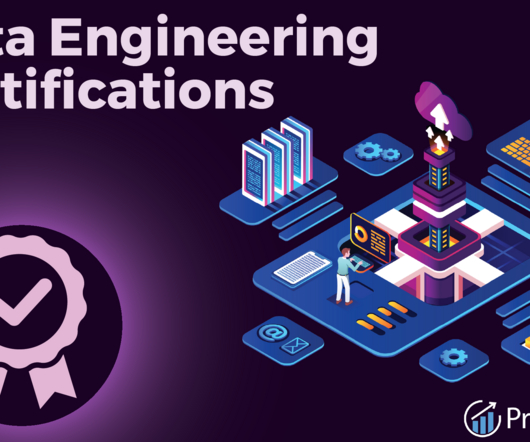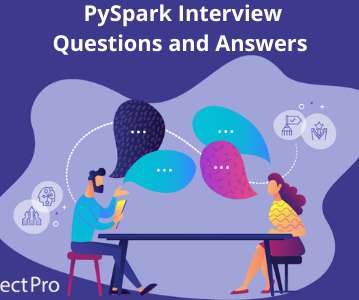Kafka Connect Deep Dive – JDBC Source Connector
Confluent
FEBRUARY 12, 2019
One of the most common integrations that people want to do with Apache Kafka ® is getting data in from a database. That is because relational databases are a rich source of events. The existing data in a database, and any changes to that data, can be streamed into a Kafka topic. What we’ll cover.
















Let's personalize your content